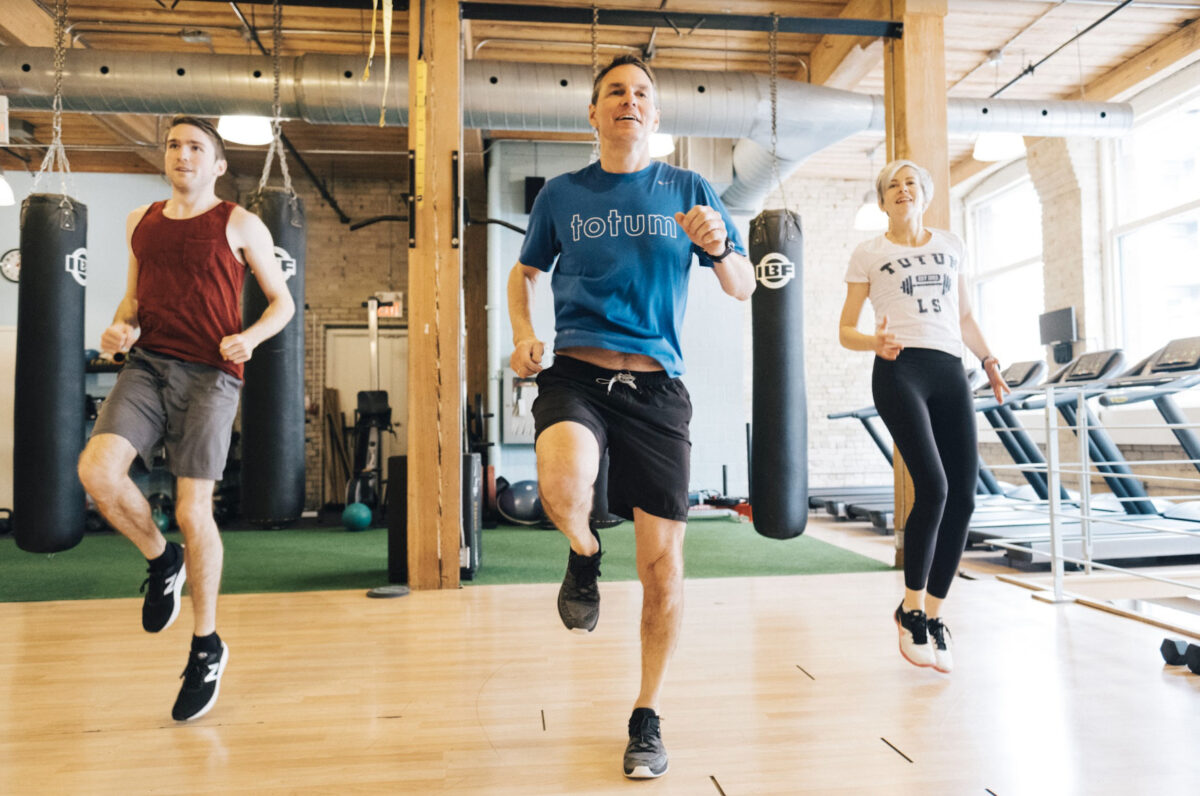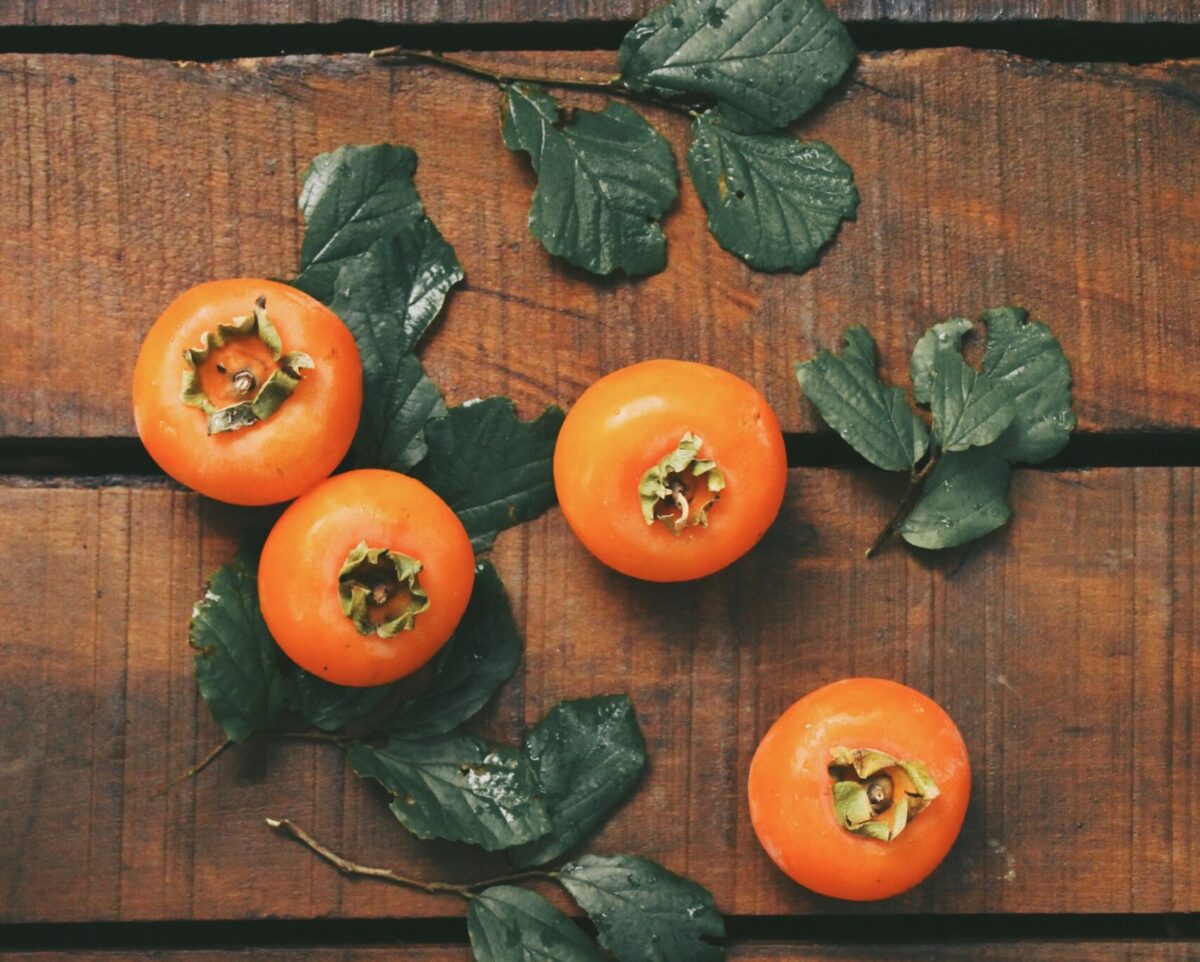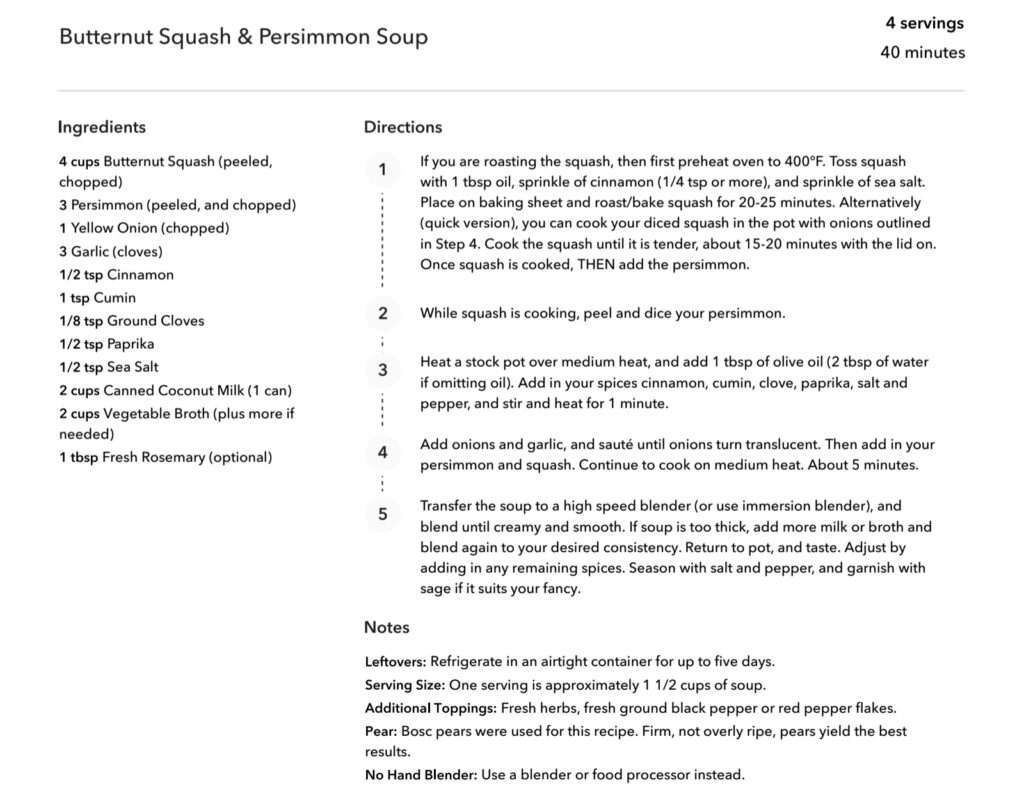The second most important structure in your body for mental health!
Tamara Kung, ND
Many of us are looking for ways to boost our brains to support mental health as well as to prevent neurodegenerative diseases like dementia.
But did you know that you may have an untapped source of treating the root cause of many mental illnesses like anxiety, depression, and dementia? That source is in your gut!
Science is paving the way in understanding the role of what they call our ‘second brain’, the microbiome. The microbiome consists of trillions of microbes that live within our gut, and studies are showing that it can influence our mental health, and risk for chronic diseases. The latest science is just scratching the surface on how our microbiome can be your heavy hitter in boosting our mood, keeping us calm, motivated and focused.
Scientists have discovered that 90% of our serotonin (happiness neurotransmitters) and 50% of dopamine (motivation/ reward neurotransmitters) are actually produced by our microbiome by 39-100 trillion microbes that live within us! With this new understanding we are starting to appreciate how mental illness like anxiety and depression emerge when our gut is not healthy.
The old thought is that upstairs is your brain, the center in command, and downstairs is your gut responsible for… processing food and making waste. We previously thought of these two as unrelated organs. What we are learning is that the connection between the two is impressive. Both are in constant, rapid, communication, hooked together by five hundred million neurons that form the longest nerve in your body – the vagus nerve. It carries five times more nerves than you’ll find in your spinal cord. This is a superhighway, and our bodies evolved this way for a reason.
Scientists are learning that brain health and gut health are totally intertwined. The magic is in gut microbes, and mainly gut bacteria and their by-products (ie. serotonin, dopamine, and anti-inflammatory molecules) which communicate and protect our brain.
Your Inner Rainforest
So how can we make sure we keep our guts healthy, and our microbiome working to protect us? Think of it this way – your microbiome is like your inner rainforest. It thrives when it maintains its diversity, just like any forest who’s inhabitants all contribute to a healthy and resilient ecosystem. We’ve got trillions of microbes, and their favorite food that helps them grow healthy and strong is… fiber!
Unfortunately the Standard American Diet (SAD) is seriously lacking in fiber. On top of this, nutrition information is heavily skewed to focus on the macronutrients: carbohydrates, proteins, and fats. Fiber is too often forgotten because we think that it’s just something that helps us poop. We think it is not digested or absorbed, and that our human cells don’t use it – so we disregard its function. This leads to behaviours that ultimately do us harm. Did you know less than 5% of North Americans reach their minimum daily intake of fiber? Beans and lentils for example are not often regularly consumed in North America, while highly processed grains in which most of the fiber has been stripped away is the majority – especially in breakfasts, and snacks.
So here is your big takeaway – understand that you are composed of more microbes than human cells, at a ratio of 10:1. This means you are actually more microbe than human, and our microbes love to eat fiber. They are the ones using it, digesting, absorbing and making by-products like neurotransmitters and anti-inflammatory compounds.
Just like any ecosystem, the health of the entire organism, our body and mind, depends on the symbiotic relationships that support the health of all parties (human and microbe). Ideally we want a bountiful amount of diverse microbes to generate their helpful by-products which our body uses to thrive. So let’s shift our focus from just human cells, so we can take care of our ecosystem, our inner rainforest, and utilize this astounding, untapped source of health that’s internally generated and sustainable!
Some fiber rich meal examples:
- Lentil curries with your favorite greens
- Sweet potato noodles with ginger tempeh and kimchi
- Seeded crackers, or red pepper boats with avocado and sauerkraut
- Farro in salads
- Artichoke hearts with your whole grain pasta
Fiber Fueled
The ecosystem within you depends on you. Every bite you take influences who thrives, and who dies. The good bacteria can make serotonin & dopamine for you, and help quench inflammation, but only if we feed them their favorite meal which is fiber. There are also bad bacteria, and they are connected with the production of inflammation, obesity, chronic disease. Not surprisingly, they love processed foods, refined sugars, and alcohol. So when we eat, we want to be considerate, and know that we’re not just eating for one, we’re eating for trillions, 39-100 trillion to be exact.
Tamara Kung, ND, Book An Appointment!
Reference:





